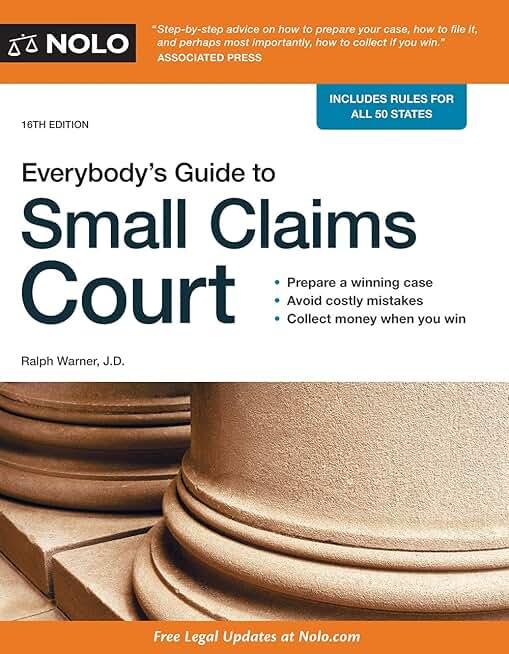Demystifying Justice: Practical Pathways Within Small Claims for Individuals

Introduction
Navigating legal systems often feels intimidating, especially when financial limitations or time constraints come into play. Yet, small claims exists as a structured channel where individuals can present disputes without navigating the labyrinth of traditional courtrooms. By simplifying the process, this route fosters equitable outcomes while keeping costs and complexity at bay. When it comes to Small Claims in California, the system offers a model of accessibility that demonstrates how structured frameworks can empower residents to pursue justice effectively.
Understanding the Core of Small Claims
Small claims courts emerged to provide simplified solutions for civil disagreements where monetary values remain below defined limits. Unlike conventional litigation, these forums reduce procedural rigidity, encourage personal participation, and often bypass the necessity of attorneys.
-
Purpose and Philosophy
The essence lies in access. Small claims give ordinary people opportunities to seek remedies without excessive costs. The environment promotes direct communication between parties, often producing resolutions rooted in fairness rather than endless technicalities. -
Financial Thresholds
Jurisdictional caps differ by region. For instance, Small Claims in California maintains limits on the dollar amount one may seek. These thresholds establish boundaries, ensuring disputes remain manageable while deterring misuse of the system.
Filing Procedures and Practical Steps
Filing within small claims requires careful adherence to paperwork and timelines. Each court outlines specific protocols, but commonalities exist across jurisdictions.
-
Initiating the Claim
The process begins with a statement of the dispute. Claimants complete standardized forms, submit filing fees, and then ensure service of notice to the opposing party. -
Court Appearances and Presentation
Instead of relying on legal counsel, individuals often represent themselves. Evidence such as contracts, receipts, or witness accounts plays a critical role. In many instances, the judge will seek clarity rather than technical precision, promoting a sense of fairness. -
H4: Special Considerations in California
Small Claims in California emphasizes self-representation. Attorneys cannot argue on behalf of claimants during hearings, reinforcing the idea of individual empowerment. Judges actively guide the session to maintain focus and transparency.
Resolution and Judgment
Outcomes in small claims vary depending on case strength, supporting evidence, and presentation. Once judgment is issued, obligations become enforceable.
-
Collection of Awards
Winning does not automatically mean payment. Claimants may need to pursue wage garnishments, property liens, or payment plans. Courts provide guidance on these enforcement tools, though responsibility remains with the victorious party. -
Appeals and Limitations
While appeal options exist, they are generally restricted to defendants. This structure encourages finality and ensures cases conclude efficiently.
Why Small Claims Matter for Individuals
Small claims serve a larger purpose beyond resolving disputes. They cultivate civic trust by showing that justice is accessible, practical, and transparent. Individuals feel empowered when they recognize that systems exist to protect their rights without overwhelming financial burdens.
-
Benefits of Accessibility
-
Low filing fees
-
Informal hearings
-
Reduced intimidation factor
-
Quicker resolution timelines
-
-
California’s Impact
By observing Small Claims in California, one can see a robust structure where individuals, regardless of background, gain the ability to voice grievances and seek remedies. This model continues to inspire adaptations across other regions.
Practical Guidance for Claimants
For individuals preparing to enter small claims, careful preparation becomes essential.
-
Collect documentation early.
-
Practice explaining the issue in clear, concise terms.
-
Research the court’s local requirements.
-
Anticipate potential defenses from the opposing party.
Such proactive strategies enhance confidence and clarity in court.
Conclusion
Demystifying justice means breaking down barriers between individuals and the courts. Through small claims, people gain straightforward avenues for resolving conflicts without burdensome expenses or technical hurdles. Observing systems like Small Claims in California illustrates how structured accessibility fosters trust in legal institutions. For individuals seeking redress, these practical pathways offer empowerment, efficiency, and a fair chance at resolution.
- Art
- Causes
- Crafts
- Dance
- Drinks
- Film
- Fitness
- Food
- Spiele
- Gardening
- Health
- Home
- Literature
- Music
- Networking
- Other
- Party
- Religion
- Shopping
- Sports
- Theater
- Wellness


